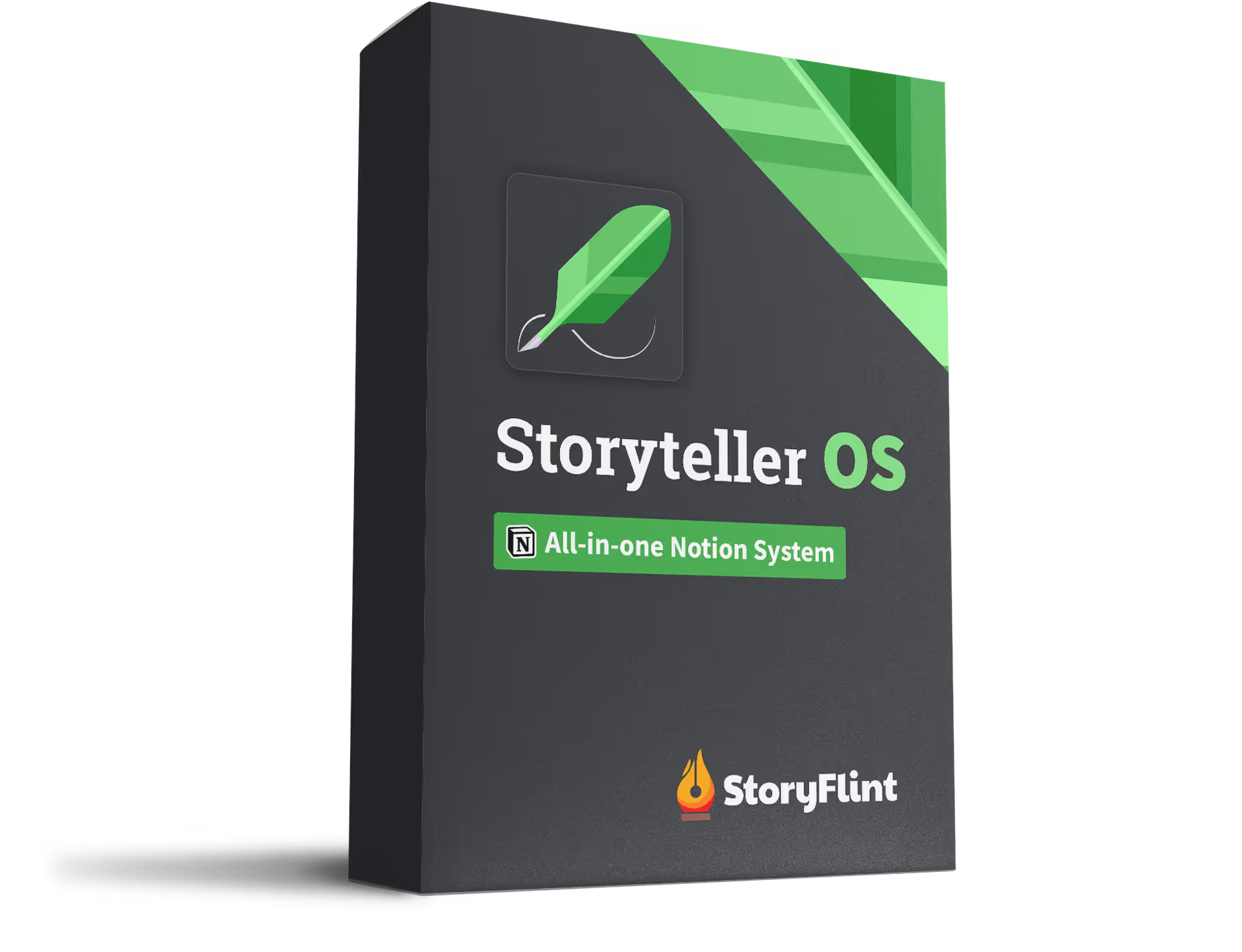What are character mannerisms?
Mannerisms are gestures or speech patterns that are typical of an individual. These "micro-behaviors" can range from a simple movement (i.e. clearing of a mouth) to a precise tic. In literary fiction writers utilize mannerisms to assist with physical descriptions and to put characters in motion on the page.
Expressing a character's personality with writing mannerisms is also very important because it gives the reader some insight into how your characters think and more importantly, what makes them tick.
The trick is to avoid going overboard on these aspects. Consider it another tool in the toolbox of your writer when it comes to character development and the representation of the character in a story.
The different kinds of character mannerisms
The different kinds of character mannerisms that writers can use are many. Some of the most common are:
- dialogue
- posture
- gestures and habits
Dialogue
Creating mannerisms through dialogue can be done in writing through the use of words, phrases, and how your character uses these things.
Chances are if there's something interesting happening in a story it probably has something to do with either what is said between characters or some sort of action performed by one (or more).
For example, writing in all caps when they yell or italics, if the character is whispering, would both be considered speech mannerisms because it's your way of showing how a character speaks rather than just writing dialogue without any extra effort behind their words.
Another example of using dialogue mannerisms is through the nonverbal aspects of a conversation like creating uncomfortable silences or the abundance or lack of eye contact.
Posture
Mannerisms through posture are fairly easy to convey. Maybe your character stands up straight, or maybe they slouch over. Maybe they look around the room nervously when someone speaks to them.
All of these are writing mannerisms within posture that will allow you to get across how your character acts without writing out multiple actions for each line of dialogue or even having to go into detail about their personality at all.
Gestures or habits
Character quirks through gestures or habits can be a little harder to convey, but they are also the most important writing mannerisms of all.
If your character constantly twitches or bites their nails, these mannerisms can come across as nervous ticks far more than just writing that the character is feeling nervous would have been able to do for you.
In fact, if you're stuck expressing how your characters feel through body language alone, incorporating gestures and facial expressions into the mix can help you show rather than tell who they are or what moods they may be experiencing at any one moment without actually saying anything about them.
Use character mannerisms to reveal motivations
Imagine you are sitting in a board room across from your boss and you are about to ask for a raise? Would you be fidgeting with your hands? Would you be tapping your foot?
How would you write such a scene?
Character mannerisms are good ways to show the hidden intentions of a character especially if they are in a tense situation. You can portray a character's motivation in a scene by writing in their mannerisms as they are in that scene. A way of writing mannerisms in a story is by revealing thought and intentions through dialogue. This reveals something about the character that may be impossible to express openly on their own.
It's all about "show rather than tell". Instead of having a character say their intentions outright in dialogue, you're subtly conveying aspects of a real and letting the reader piece together what their motivation is. A writer who can understand their characters well enough will be able to convey this understanding on paper for everyone else to see.
Show a character's personality or experience through character mannerisms
When we describe characters' mannerisms and interactions the reader can get a sense of how other characters view each other. Character mannerisms provide readers valuable information about what a person believes.
Imagine a professional football player approaching a girl at a bar. What mannerisms would we display in this situation? Perhaps he would want to walk up quickly, confidently, and with a smile. This shows that he is excited about meeting the girl but because of his experience in similar situations he knows how to approach them without seeming too eager.
When writing character interactions imagine whether one person's actions would make another feel uneasy or comfortable around that individual. Or perhaps they wouldn't care at all. Either way, these observations will help flesh out different personality types within your story world.
Connect character mannerisms to their backstory
Remember characters are given mannerisms from their memories of family or past events. Some mannerisms you give your characters should be explained with their past experiences.
Childhood
For instance, if one of your main characters grew up in poverty it would make sense why he or she has trouble being around those who are affluent because this individual never had any money growing up so seeing how others spend lavish amounts can trigger feelings of jealousy or anger.
Past Trauma
Past traumas can also influence the mannerisms of a character. One example would be writing a character who was once part of the military and has since retired. Since this person is no longer fighting they may have developed some type of nervous tick that occurs when they are triggered into thinking about their time in service–for instance, if someone slams something loudly or starts yelling it could trigger flashbacks to combat which causes them to shake out of reflex as though preparing themselves to run back into battle again.
Genetics
Mannerisms also come from genetics such as having to wear glasses could mean someone might constantly rub at them when nervous whereas other people may need to take breaks every now and then due to astigmatism which makes focusing difficult without resting eyes periodically.
Revealing their backstory by showing a character's mannerisms is a great way to relate to the character as a reader. It'll make learning about their backstory more rewarding for the reader by deciphering it through their mannerisms like they would with someone in real life.
Read this article about Writing Your Character's Backstory.
Use your character mannerisms sparingly
Once you get the hang of writing character mannerisms, it can be easy to overdo it. While writing, consider how often you would actually see this in someone's behavior and write accordingly. You want to give the reader just enough information about your character so that they can understand who they are without overloading them with too much detail throughout the story.
What seems natural is always a good rule of thumb for writing mannerisms into stories. Remember that even if it doesn't seem like something worth writing about on its own, these things all come together to create an interesting story and engaging characters for readers to learn from/relate to.
It's also important not only to focus on physical mannerisms but emotional gestures or habits depending on the type of person your character is or was. Mix up the variety of mannerisms a character has instead of focusing on one or two. To show their personality, backstory, or motivation a realistic character would have a wide range of mannerisms to convey those traits.




